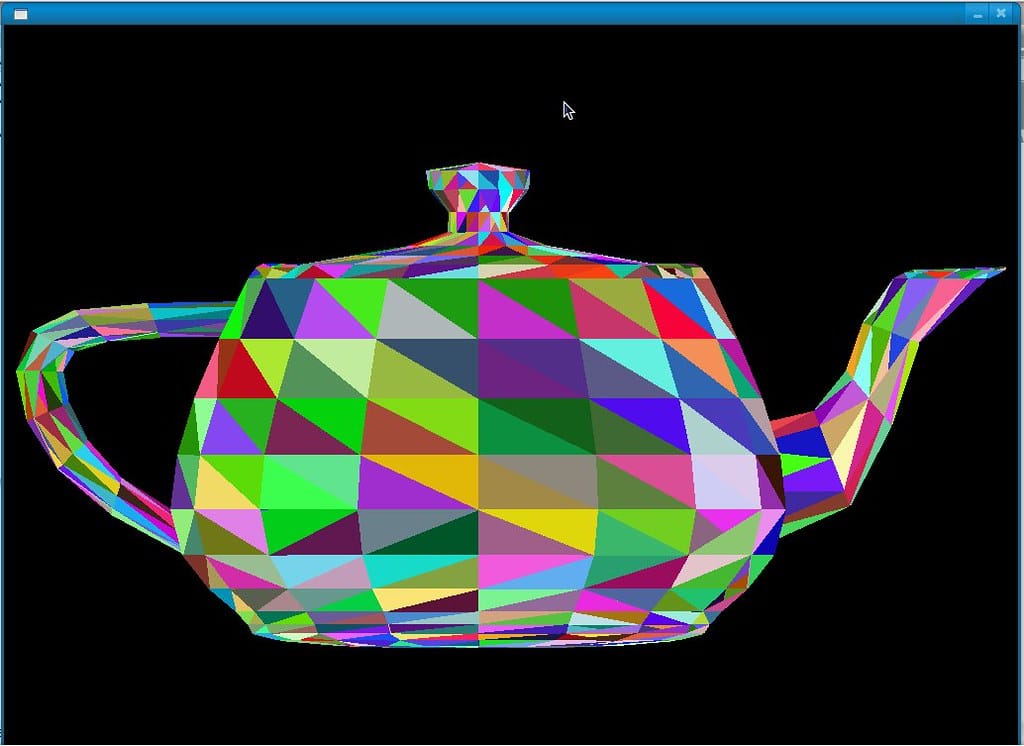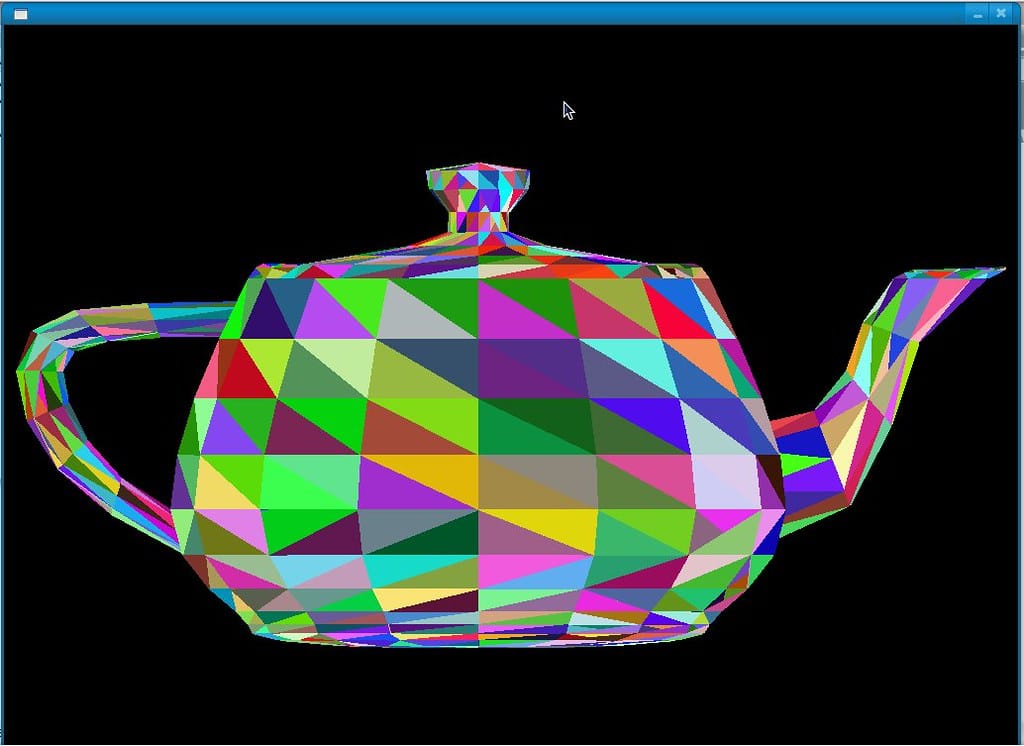C++ Committee Chooses "Profiles" Over Rust-Style Memory Safety, Sparking Developer Debate
The C++ standards committee has made a pivotal decision that could shape the future of systems programming, choosing to prioritize "profiles" over a comprehensive Rust-inspired memory safety model. This choice has ignited passionate discussions across the programming community about C++'s evolutionary path and its ability to compete with memory-safe alternatives.
The Great Safety Divide
At the heart of this decision lies a fundamental question: How should C++ address its notorious memory safety vulnerabilities without breaking decades of existing code? The committee faced two competing visions for C++'s future.
The first approach, championed by Herb Sutter and others, proposed adopting Rust-style lifetime annotations and compile-time safety guarantees directly into C++. This would have introduced syntax and concepts familiar to Rust developers, potentially offering similar memory safety benefits. However, it would have required significant changes to how C++ code is written and could have broken compatibility with existing codebases.
The alternative—profiles—represents a more conservative approach. Profiles allow developers to define subsets of C++ with specific rules and constraints, enabling safer programming practices without mandating them across the entire language.
Understanding C++ Profiles
Profiles function as optional, enforceable guidelines that restrict certain language features or require specific patterns. Think of them as configurable safety nets that teams can adopt based on their needs.
For example, a "memory safety profile" might prohibit raw pointer arithmetic, require smart pointers for dynamic allocation, and mandate bounds checking for array access. A "concurrency profile" could enforce specific patterns for thread-safe programming.
The beauty of profiles lies in their flexibility. Legacy codebases can continue operating unchanged, while new projects can adopt stricter safety profiles. This graduated approach allows the C++ ecosystem to evolve incrementally rather than forcing a disruptive transition.
Why the Committee Chose Profiles
Several factors influenced the committee's decision. First, backward compatibility remains paramount in C++'s design philosophy. With millions of lines of existing C++ code powering everything from operating systems to game engines, breaking changes are extremely costly.
Second, the C++ community is notoriously diverse, spanning embedded systems developers working with severe resource constraints to high-frequency trading firms requiring maximum performance. A one-size-fits-all safety model might not serve all constituencies effectively.
Third, profiles align with C++'s existing direction. The language already includes features like constexpr, concepts, and various compiler warnings that can be viewed as proto-profiles. This approach builds on established patterns rather than introducing entirely new paradigms.
Industry Reactions and Implications
The decision has generated mixed reactions from the development community. Proponents argue that profiles offer a pragmatic path forward that respects C++'s heritage while enabling safer programming practices. They point to successful examples in other languages, such as TypeScript's strict mode or Python's type hints, as evidence that optional safety features can drive adoption without forcing migration.
Critics, however, worry that this approach may be too little, too late. With memory safety vulnerabilities accounting for roughly 70% of security issues in systems software according to Microsoft and Google studies, they argue that optional safety measures may not provide sufficient protection. Some fear that without mandatory safety features, C++ will continue losing ground to Rust in systems programming domains.
The Road Ahead
The committee's decision doesn't mean C++ is abandoning memory safety—quite the opposite. Profiles represent a framework for achieving safety goals while maintaining the language's core principles of performance, flexibility, and backward compatibility.
Implementation of profiles will likely be a multi-year effort, requiring careful design to ensure they're both effective and usable. The committee must address questions about profile standardization, tooling support, and integration with existing development workflows.
Key Takeaways
The C++ committee's choice of profiles over Rust-style safety represents a characteristically pragmatic decision that prioritizes evolution over revolution. While this approach may not satisfy those seeking dramatic safety improvements, it offers a realistic path for gradually improving C++ security without alienating existing users.
For developers, this means C++ will likely remain relevant in systems programming for years to come, but teams serious about memory safety should prepare to adopt profile-based development practices as they become available. The programming language landscape continues to evolve, and C++'s future success will largely depend on how effectively profiles can deliver on their safety promises while maintaining the performance and flexibility that made C++ indispensable.

